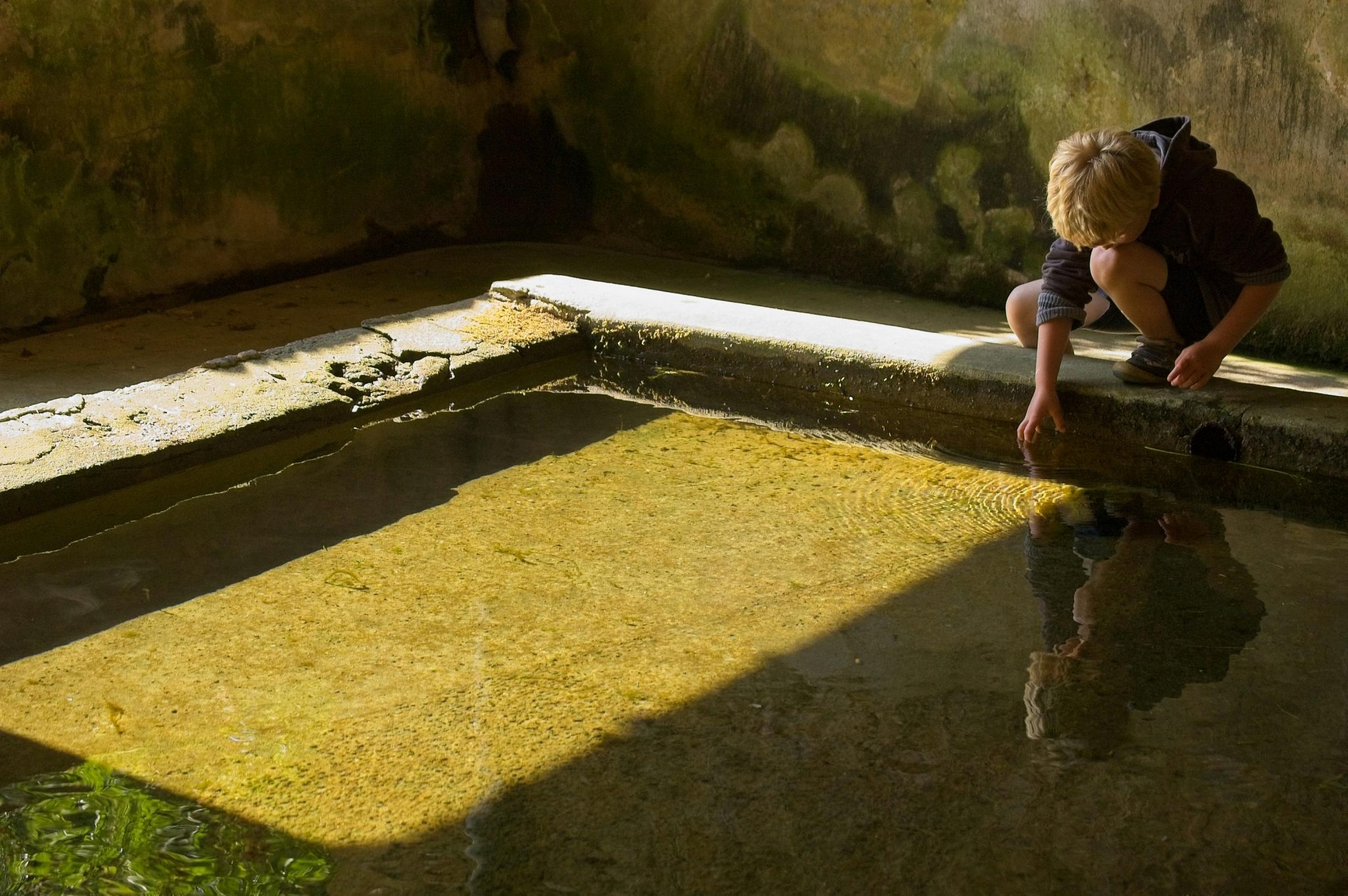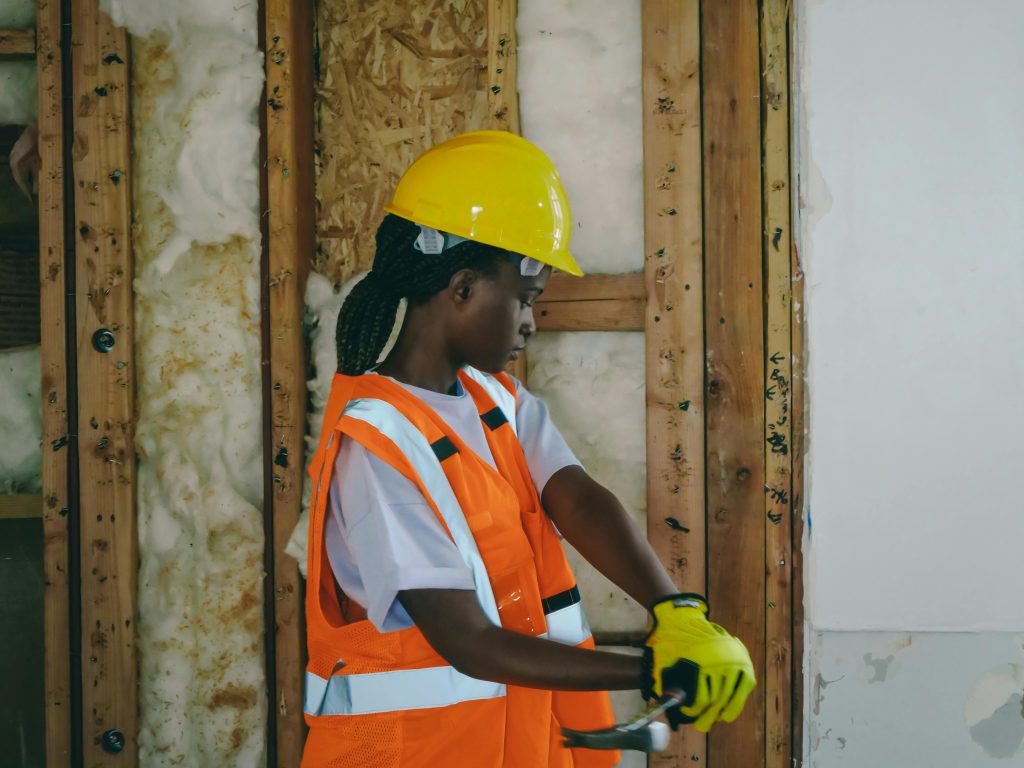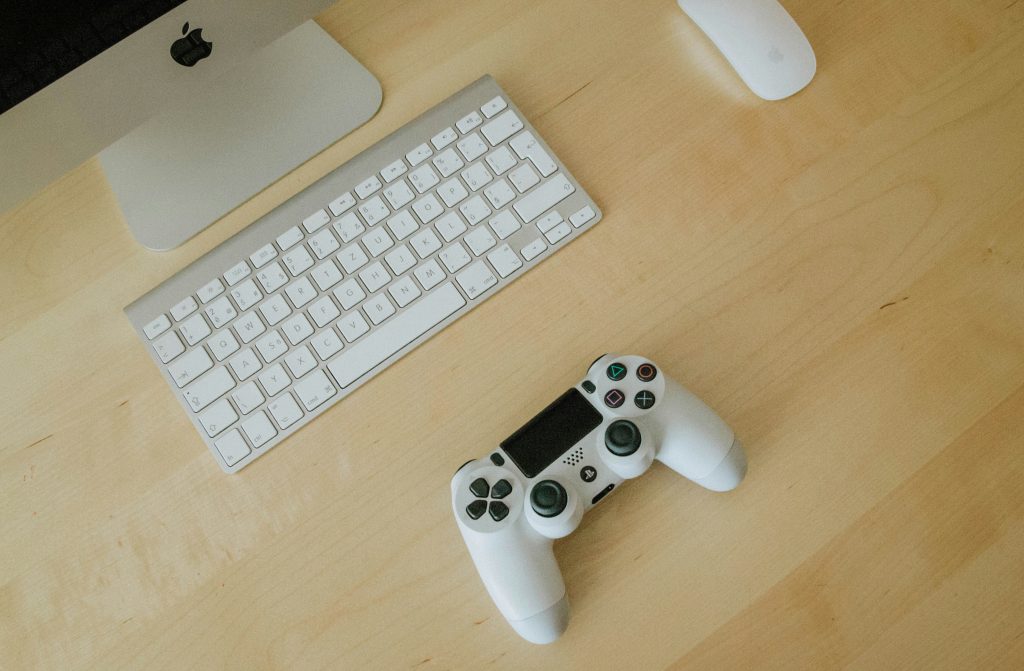There’s nothing quite like the luxury and relief a cool inground pool brings to family and friends during the hot summer months. Or, if you live in an area of the country that’s always warm or hot, an inground pool is not just a luxury; it’s a must-have. But no matter how well-constructed your inground pool is, chances are, it’s going to spring a leak sooner rather than later.
According to the experts at Leak Science, an estimated 30 percent of all pool leaks result in wasted water, which will cost you money in the short and long run. The scary thing about inground pool leaks is that most homeowners don’t realize they have a leak until major damage appears. In fact, there are many areas of your pool that can leak, which is why it’s always a prudent idea to seek out the advice of a certified leak detection expert.
That said, what are some of the serious signs that will tell you your inground pool has sprung a significant leak? A recent report by Home Briefings suggests that an inground pool leak can sneak up on you without any serious warning. The important thing is that you detect the leak or leaks early. Here’s how to recognize these aquatic warning signs.
The Water Level Drops

A basic pool routine seems simple. You just fill it during the hot summer months, enjoy some serious swimming, clean it daily, empty the filters, and every now and then, you fill it with more water as needed. But what does it mean when your pool seems to need more water than normal? If you find yourself adding water on a weekly or even daily basis rather than only once per month, you just might have a serious problem.
It’s important not to shrug this problem off, blaming it on the heat. While some water loss is perfectly normal due to natural evaporation, your water levels should not be dropping faster than usual. If that’s the case, it’s likely you’ve sprung a leak.
What’s the best way to check for an inground pool leak? The experts insist on using “the bucket test,” whereby you place a bucket on the first or second step of the pool. You then mark the water levels on both the pool’s surface and in the bucket. Then simply leave it alone for a couple of days. If the water in the pool drops more than the water in the bucket, you have a leak.
Sudden Backyard Wet Spots
You might be mowing your lawn when you notice the appearance of sudden wet patches on the back lawn. Under normal circumstances, your lawn wouldn’t be soggy unless you’ve experienced a few days of rain. But somehow, even when weather conditions are dry, water is finding its way into the backyard.
The fact of the matter is that pool leaks don’t just disappear into the atmosphere. Water always finds a place to go, and in the case of a leaking inground pool, it will escape into the surrounding dirt. This creates significant wet patches around the pool.
The patches might start small, but given time, they will grow into something larger. Therefore, if you are taking notice of wet patches on the back lawn that are growing larger and damper, it’s time to make a close examination of your inground pool.
Chips and Cracks

According to home briefings, chips and cracks are considered “the silent pool killers.” For instance, you might find yourself taking a walk around your pool while admiring the crystal-clear water when something catches your attention. You’re suddenly drawn to some loose tiles or even chips and cracks. You might consider this an aesthetic issue at first, but think again.
Those chips and cracks could be causing you serious water loss. Even small fractures in your pool’s surfaces can result in major water loss. Those small fractures will only get larger if left untreated. It’s best practice to check the areas that surround the cracks for any signs of water leakage. The longer you leave them alone, the worse they will get. That means an expensive and time-consuming professional repair.
The Big Water Bill
In the final analysis, if you find yourself filling your pool more often than normal, but don’t believe you have a problem, just wait until your water bill arrives. If the bill is far higher than normal, you should consider that a “red flag.” It just might be the ultimate sign that your pool is leaking, which means you’re paying far more than usual to fill it back up to normal levels. You’re paying for water you’re not even using.
When this happens, you need to contact a certified pool leak repair company. They will examine your pool, find the leak or leaks, and repair them ASAP. Only then will your bill and your peace of mind be restored.





















